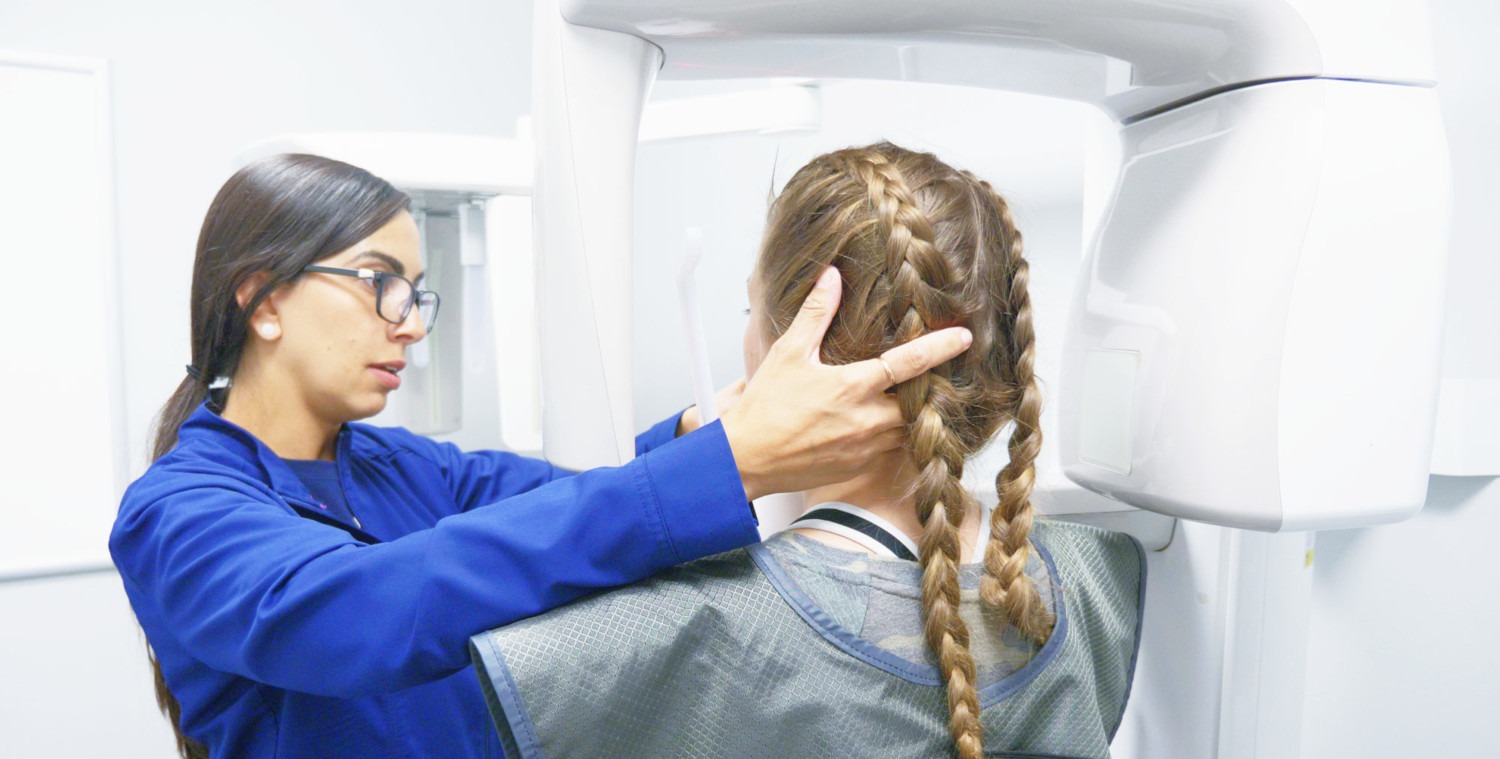Orthodontics for Children
Children Deserve Healthy Smiles
As a parent, you want the best for your child – that includes healthy teeth and a pleasing smile. We treat your children like they’re our own, by giving them the best possible orthodontic care.

All Kids Need an Orthodontic Check-Up by Age 7
To have a smile that’s long lasting and more importantly healthy, your child needs teeth and jaws that are properly aligned – in other words, a healthy bite.
The American Association of Orthodontists recommends that your child get an orthodontic check-up at age seven.
By then, your child’s teeth have developed enough to where subtle problems can be spotted with jaw growth and emerging teeth while some baby teeth are still present.
This check-up may reveal that your child’s bite is fine and braces aren’t currently necessary.
Early Treatment
Early treatment with braces for children may prevent or intercept more serious problems from developing and may make treatment at a later age shorter and less complicated.
In some cases, we’ll be able to achieve results that may not be possible once the face and jaws have finished growing.

Find the Ideal Time for Treatment
While the age that kids get braces may vary, orthodontic treatment most often begins between the ages of 7 and 16, and some orthodontic problems are easier to correct if they are treated early. If it appears that treatment will be needed, your orthodontist can advise you as to the ideal time to begin.
This gives your orthodontist the best chance to:
- Guide jaw growth
- Lower the risk of trauma to protruded front teeth
- Correct harmful oral habits
- Improve appearance and self-esteem in your child
- Guide permanent teeth into a more favorable position
- Create a more pleasing arrangement of teeth, lips and face
Signs the Bite’s Not Right
It’s not always easy to tell when your child may need braces or has an orthodontic problem. Even teeth that look straight may be hiding a problem bite. Here are some clues that may indicate the need for orthodontic attention:
- Early or late loss of baby teeth
- Difficulty in chewing or biting
- Breathing through the mouth
- Thumb-sucking
- Crowded, misplaced or blocked-out teeth
- Jaws that are too far forward or back
- Biting the cheek or biting into the roof of the mouth
- Protruding teeth
- Upper and lower teeth that don’t meet, or meet in an abnormal way
- An unbalanced facial appearance
- Grinding or clenching of the teeth
